A Sparring Match: Bull Moose in the Tetons
Seeing a moose is always special, but seeing two bulls sparring is a highlight of anyone’s trip. On a recent tour, we saw just that. We took the group to one of our favorite spots to find moose and were treated to two males grazing together, but the peace didn’t last long as the boys…
Getting Oriented: Foxes and Magnetic Fields
It’s not intuitive to think of a four legged mammal as an aerial hunter. Yet, foxes clearly depend on their ability to take prey from the air. Watching a fox hunt is spectacular but the suspense can be almost unbearable! Their spellbinding leaps appear to happen like magic – how does the fox know exactly…
The American Serengeti: Yellowstone’s Great Grasslands.
Lamar Valley in all it’s splendor. Yellowstone’s Northern Range is a primeval grassland ecosystem. It is a portal back in time, to the west that North America’s Native Peoples experienced. The volume and diversity of wildlife in this region is astonishing. It is one of the most celebrated wildlife areas amongst all of our National…
Glaciers: Past and Present in the Jackson Hole Valley
Teton Glacier from Teewinot Summit Alpine glaciers, such as the ones found in the Teton mountain range, have played a crucial role in shaping the breathtaking landscape we admire today. Approximately 23,000 years ago, during the period known as the Pinedale Glaciation, the glaciers reached their maximum extent. By around 10,000 years ago, most of…
Yellowstone Bear Identification: What Makes Grizzly and Black Bears Different?
Distinguishing between the two types of bears in Greater Yellowstone can be tricky. But, by observing their physical features and behaviors, you can spot many differences. Let’s check out the distinct traits of grizzly and black bears. Grizzly #399 taking a little rest from her 4 cubs at the time in Grand Teton National Park….
Yellowstone Explosion
Tuesday July 23rd, 2024 there was a geothermal explosion in Yellowstone. The explosion occured at the Black Diamond Pool of the Biscuit Basin geothermal area on a typical summer morning whilst visitors strolled the boardwalks adjacent the offending pool and others like it. In a video linked, geologist researcher Jamie Farrell, stated that there was…
